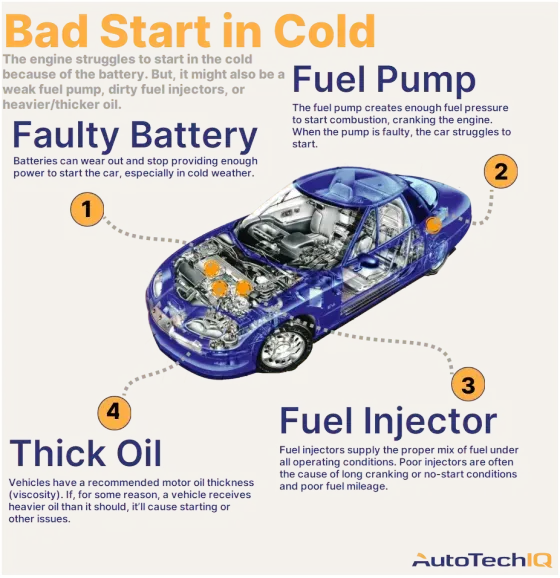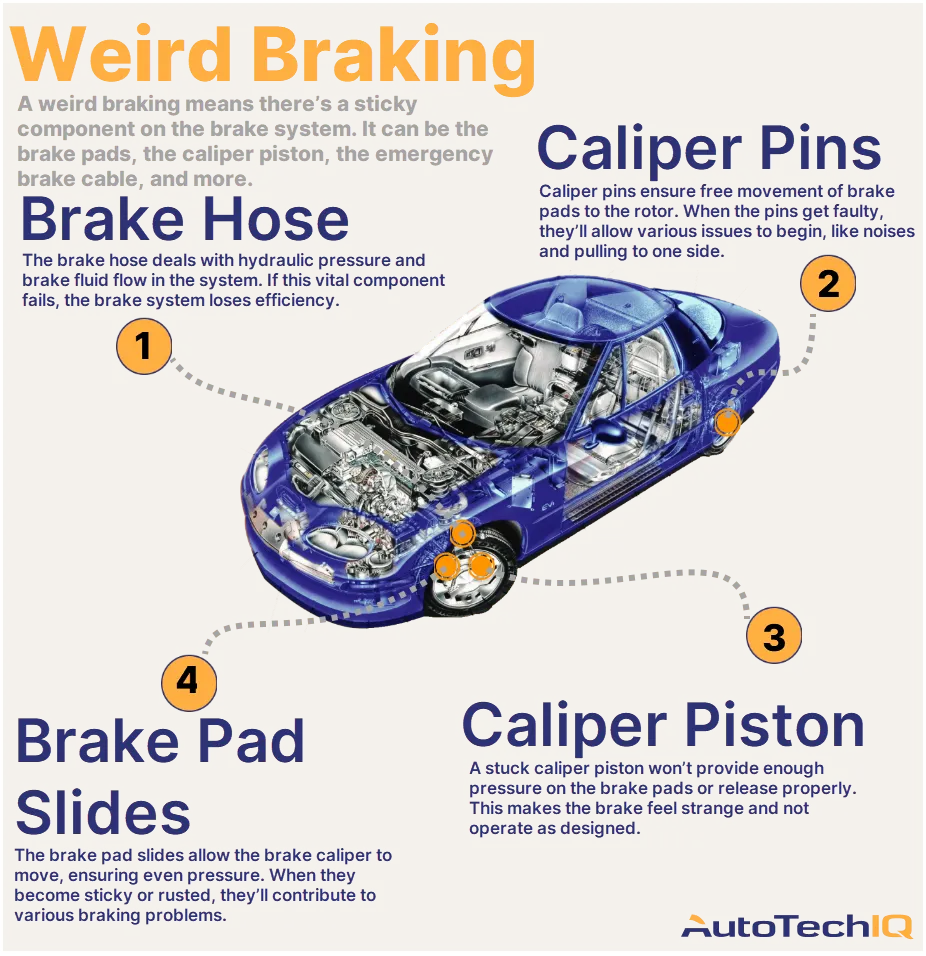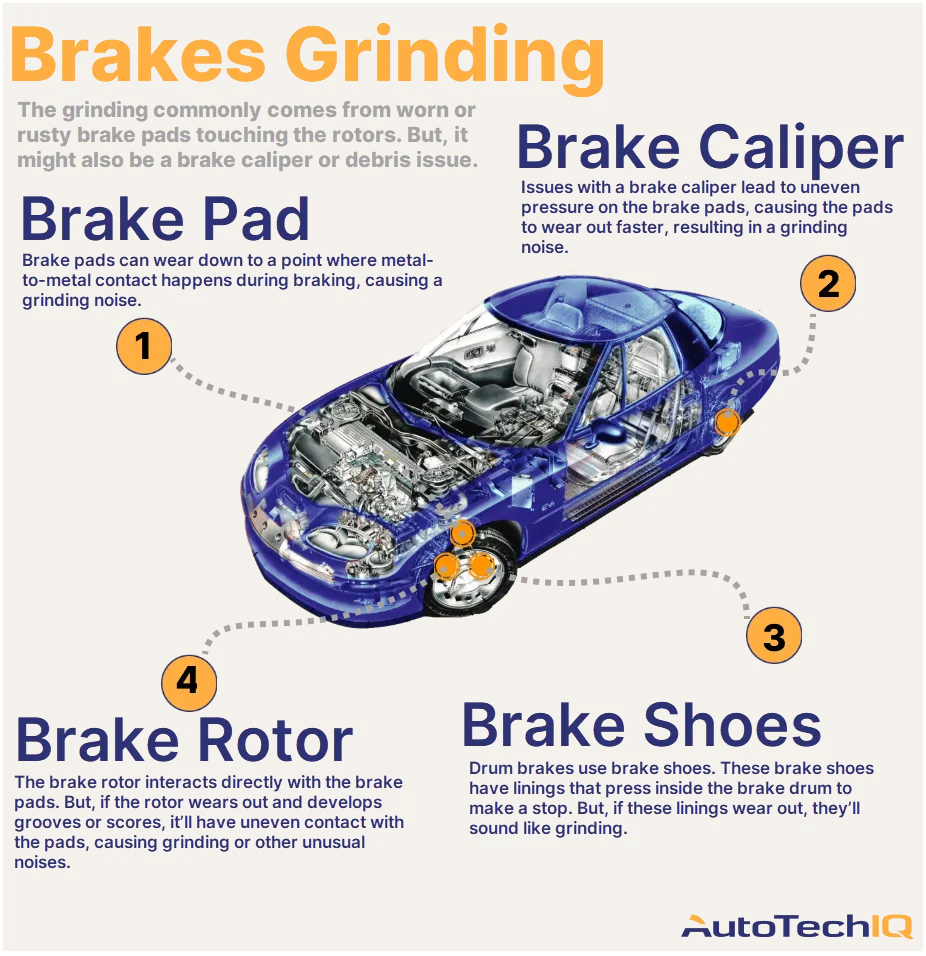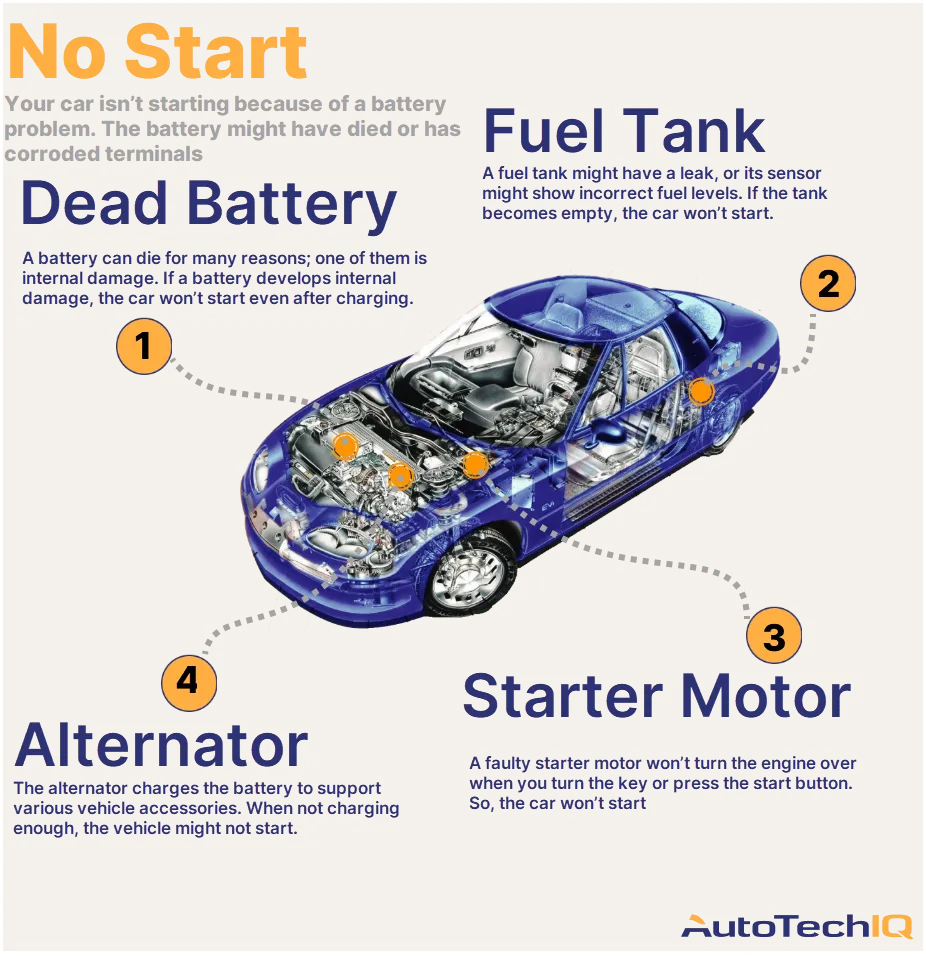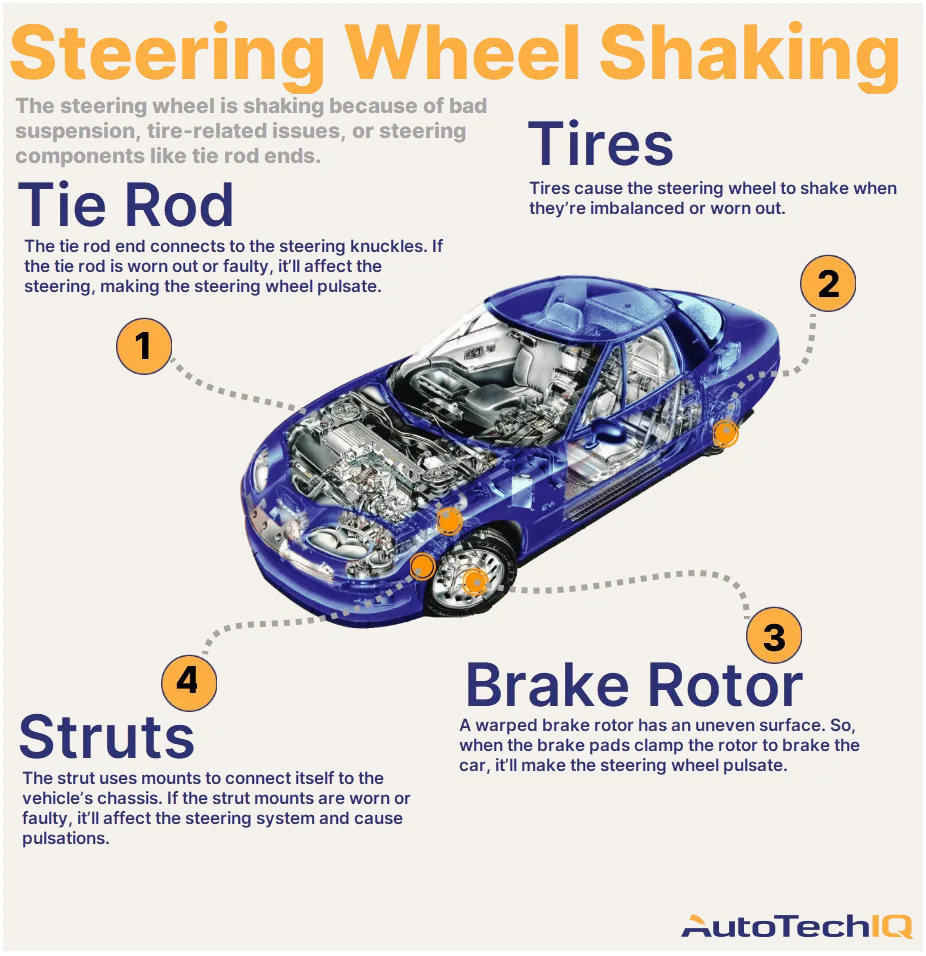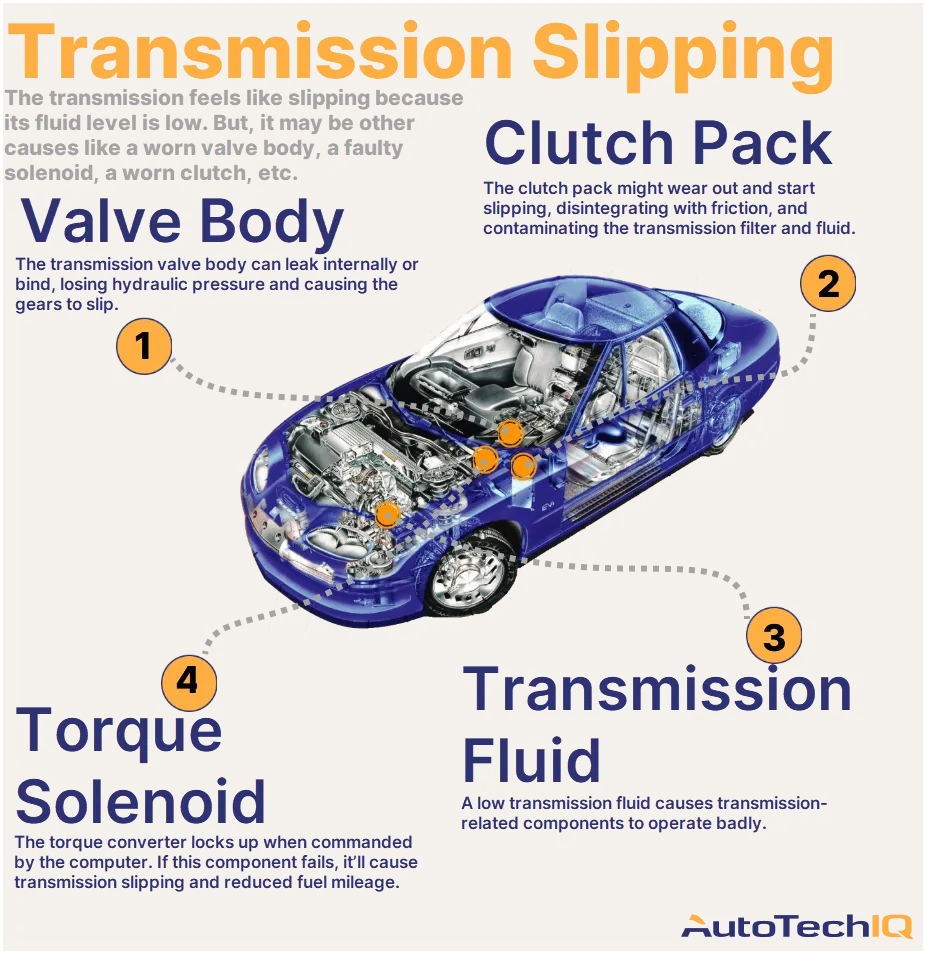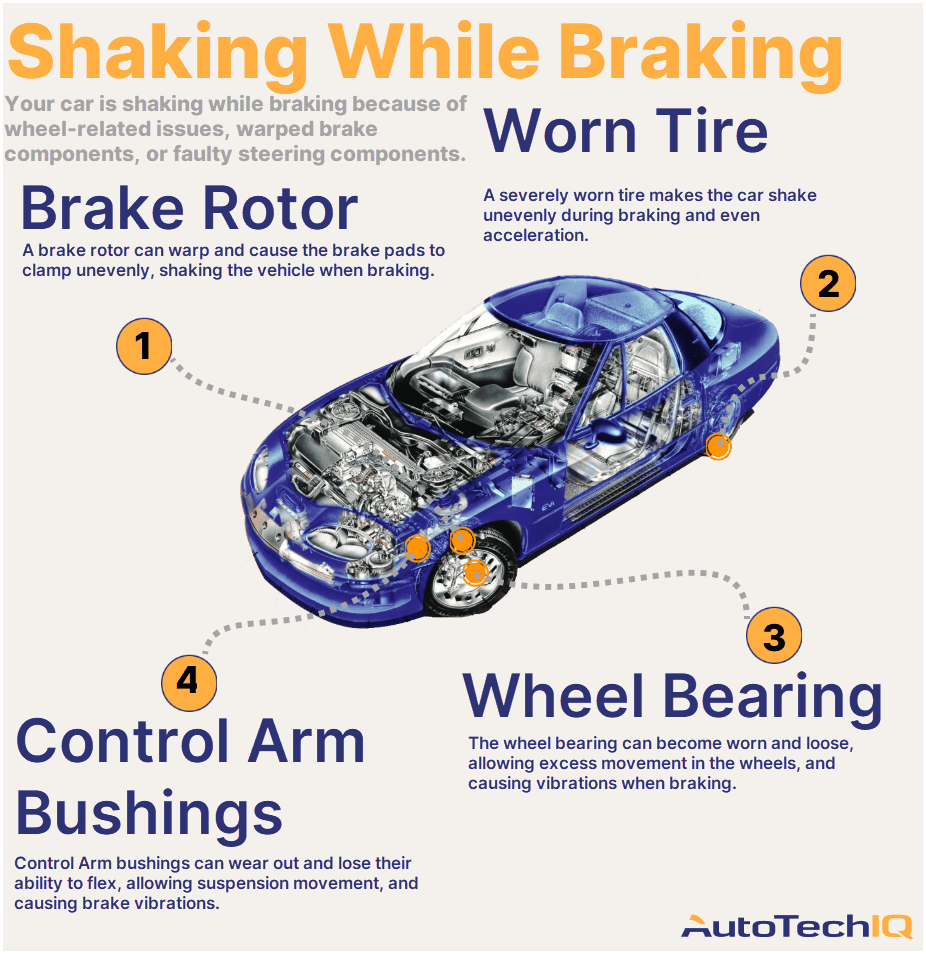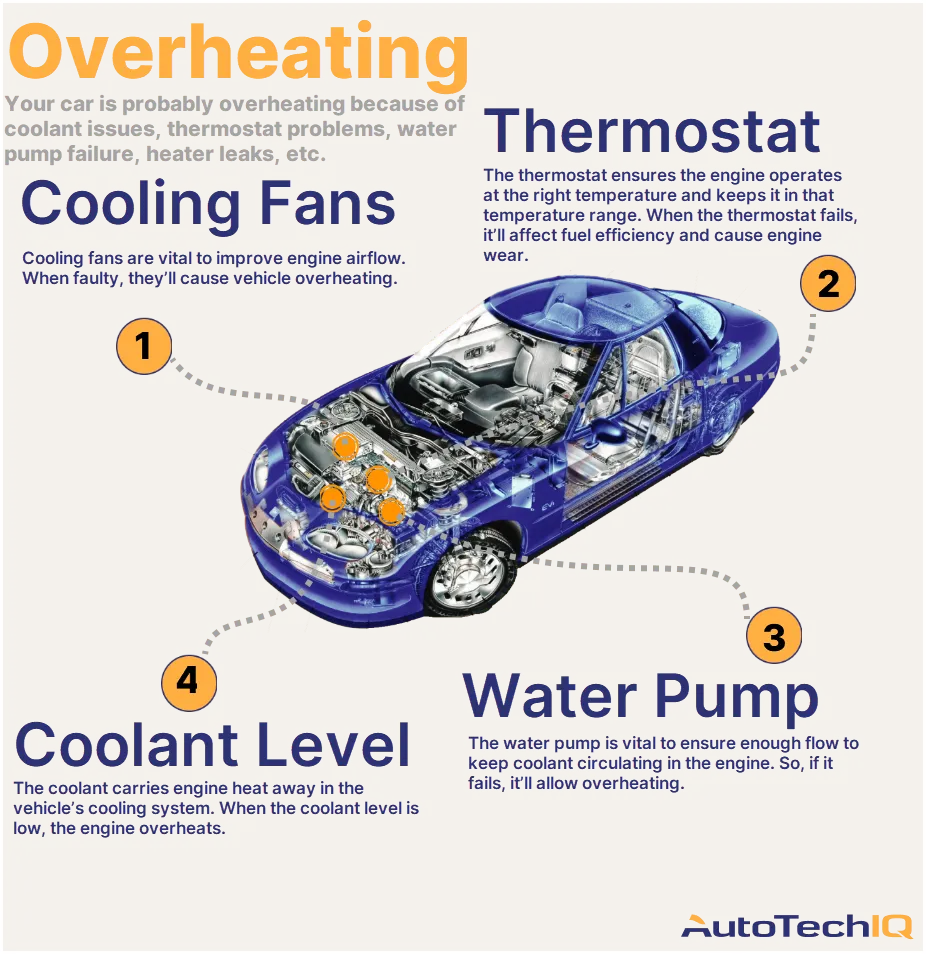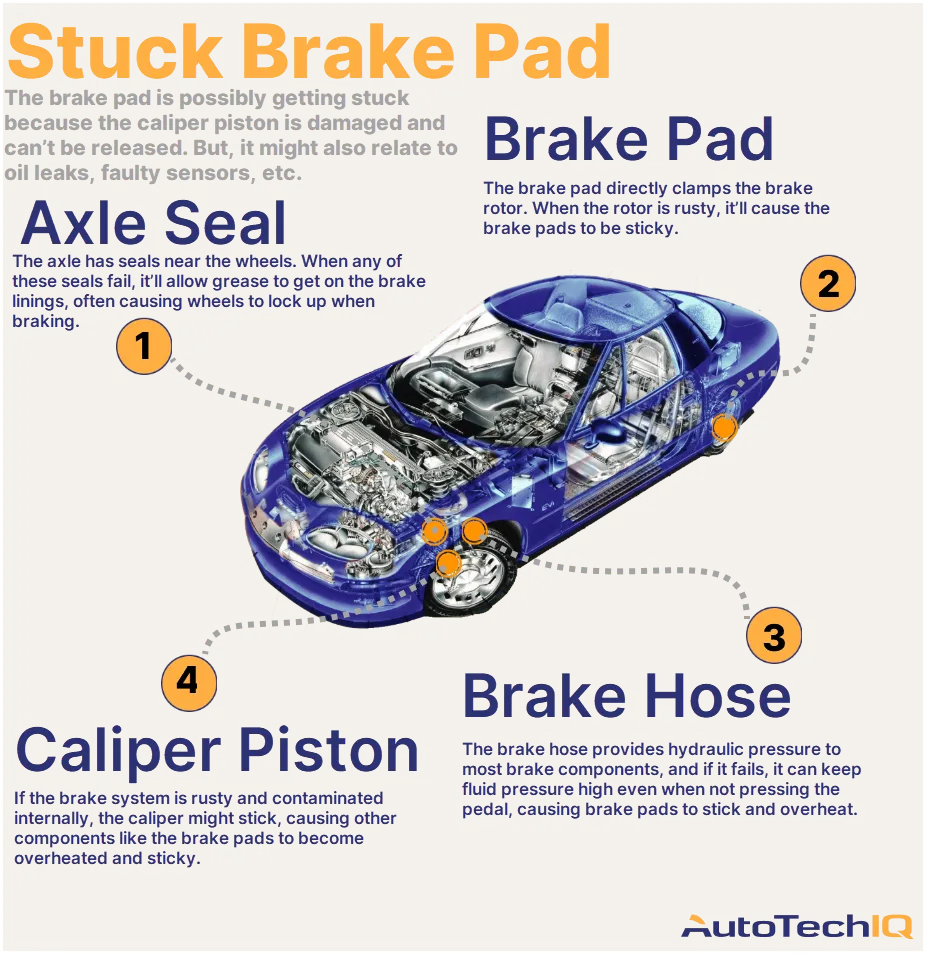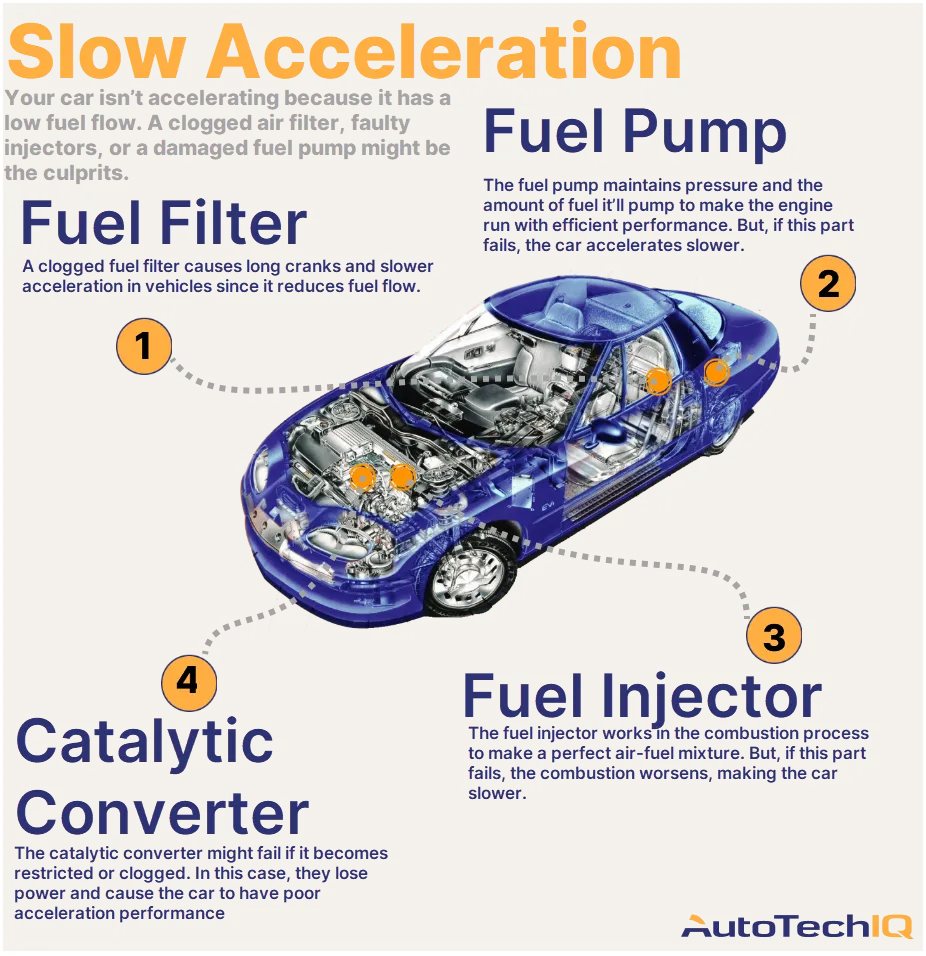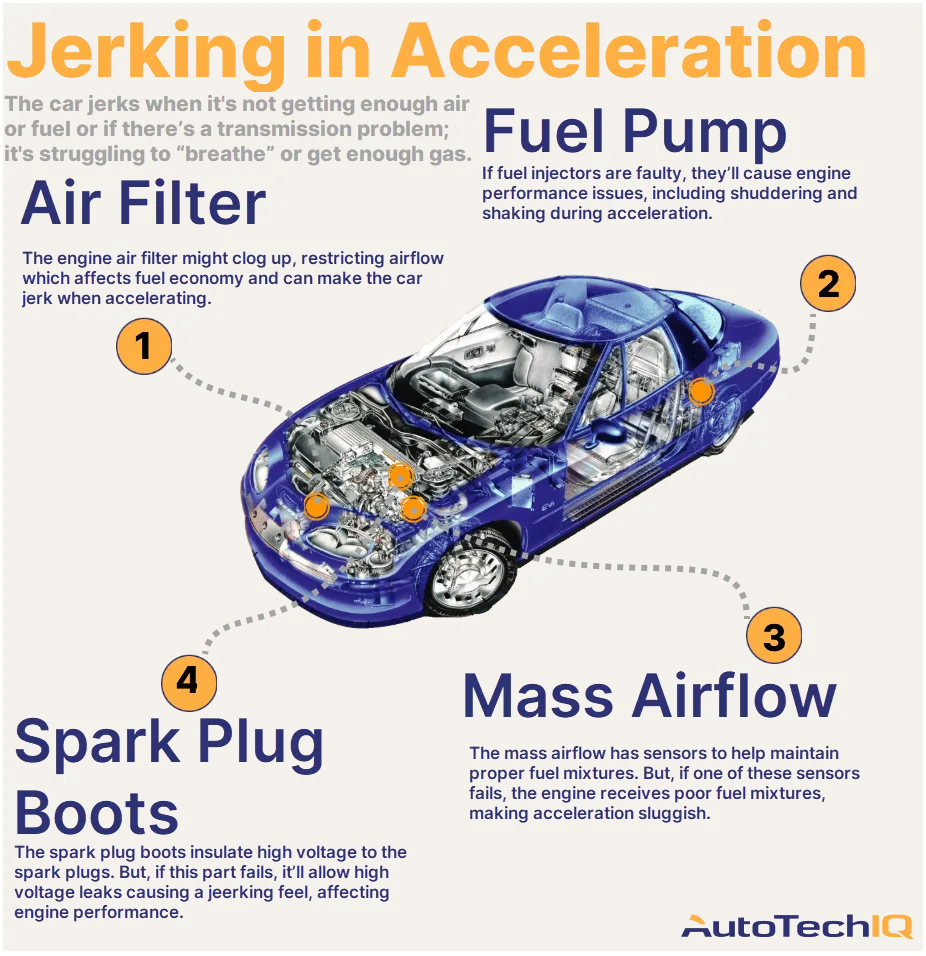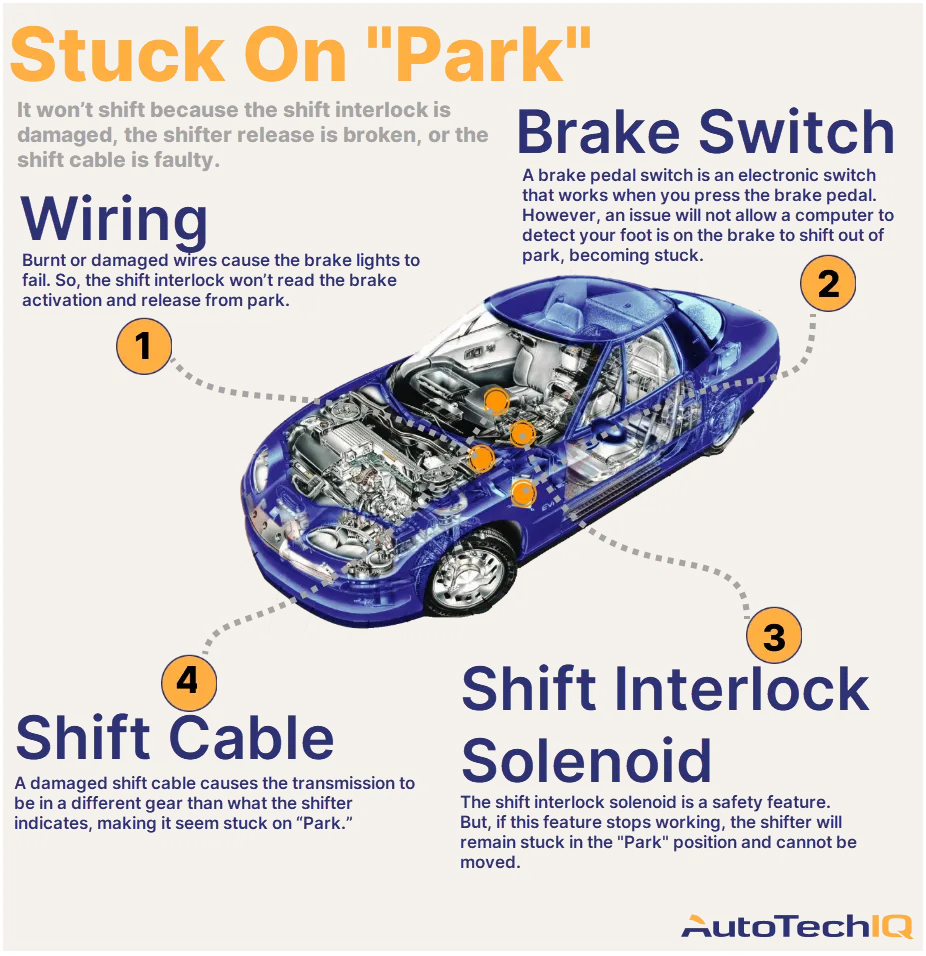Transparency example in a faulty camshaft service
A charging system inspection is the most transparent process to understand why your vehicle’s battery is faulty. This is because many components surrounding the battery and charging system components like the alternator and serpentine belt can have a say in the issue, indicating the real culprits that caused it all.
Let’s read an example of how this kind of inspection helps to service a weak battery, fixing an ignition problem.
A customer brought their car and explained they had trouble starting it in cold weather. They mentioned that the engine barely cranked over, and the car wouldn't start. Later in the day, the car started when it was warmer but still cranked slowly. Also, the headlights were dimmer in general.
During the test drive, the technician noticed that the car started but cranked slowly. The technician then did a vehicle health inspection and tested the battery using an electronic tester. The results showed that the battery had 232 CCA, much lower than the battery's rating of 700 cold-cranking amps.
Note that CCA stands for "Cold Cranking Amps." It measures the battery's ability to start the engine in cold temperatures. The higher the CCA rating, the more influential the battery is at starting the engine in cold temperatures.
The technician also tested the charging system and found it working correctly. However, based on the tests, the technician determined the battery was faulty and needed to be replaced. The battery no longer provided enough power to start the car properly, especially in cold temperatures.

In this case, the mechanic put the “Immediate Action” tag on the battery.
